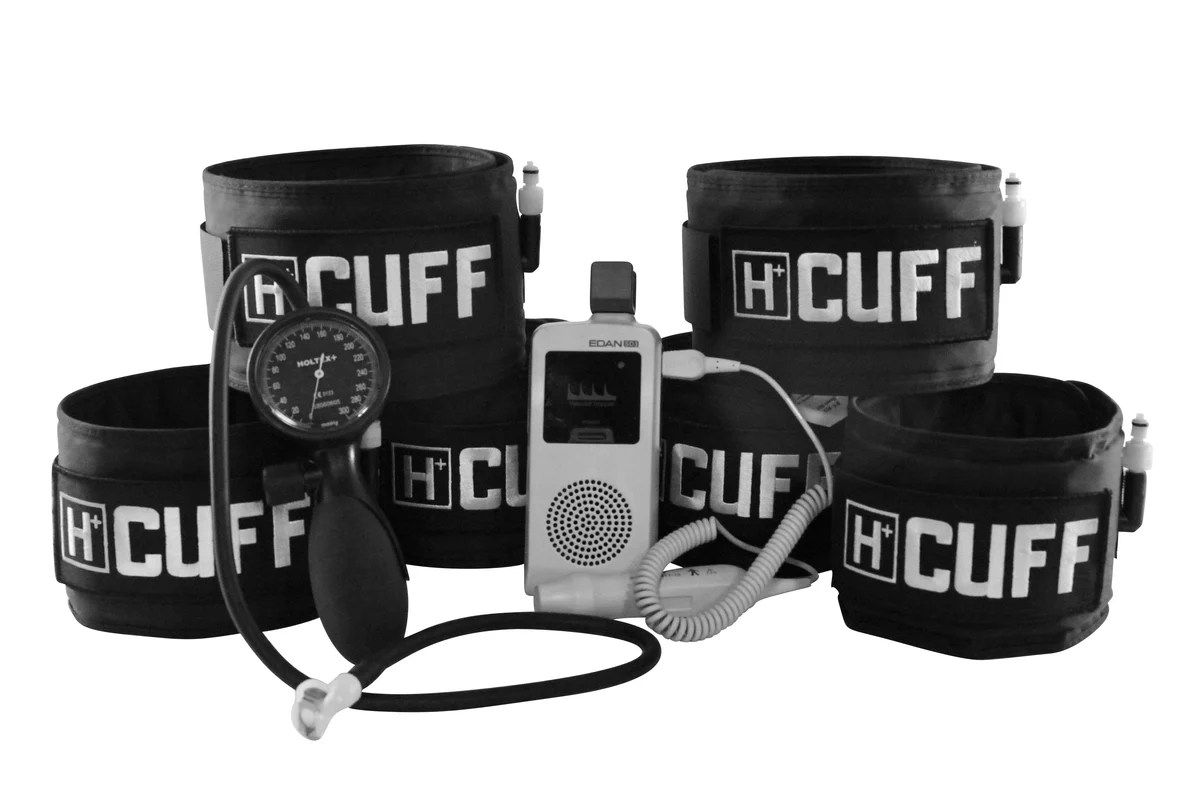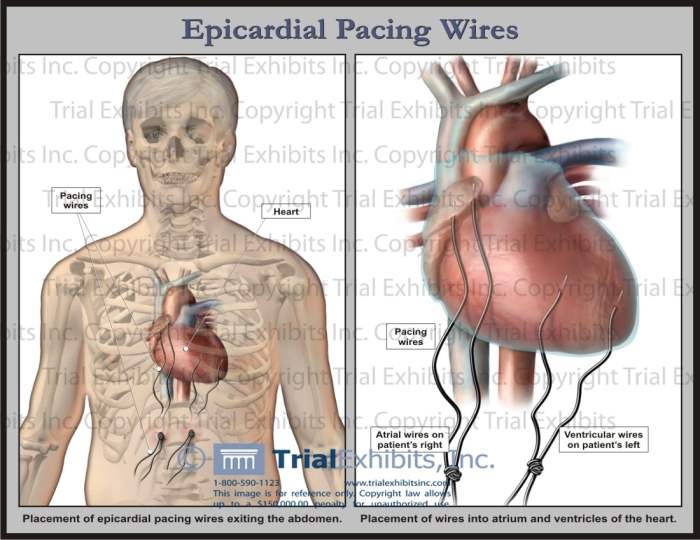Your patients epicardial wires were pulled 30 minutes ago – Your patients’ epicardial wires were pulled 30 minutes ago. This critical event demands immediate attention and expert management. In this comprehensive guide, we delve into the intricacies of this situation, exploring the patient’s history, examination findings, diagnosis, potential complications, prognosis, and recovery.
By arming ourselves with knowledge, we empower ourselves to provide the best possible care for our patients.
The patient’s medical history, current symptoms, and physical examination findings provide valuable insights into the underlying cause of the wire dislodgement. Diagnostic tests, such as imaging studies and electrocardiograms, further elucidate the extent of the injury and guide appropriate management.
Patient History and Presentation

The patient is a 55-year-old male with a history of hypertension and hyperlipidemia. He presents with a chief complaint of sudden onset, severe chest pain that began 30 minutes ago. The pain is described as sharp, stabbing, and located in the left anterior chest.
It is associated with shortness of breath, diaphoresis, and nausea.
Examination and Evaluation

On physical examination, the patient is in distress and diaphoretic. His blood pressure is 180/110 mmHg, and his heart rate is 120 beats per minute. Cardiac auscultation reveals a regular rhythm with a grade 2/6 systolic murmur. There are no signs of jugular venous distension or peripheral edema.
An electrocardiogram (ECG) shows ST-segment elevation in leads V1-V3, consistent with an anterior wall myocardial infarction (MI).
Diagnosis and Management: Your Patients Epicardial Wires Were Pulled 30 Minutes Ago
The patient is diagnosed with an acute anterior wall ST-elevation myocardial infarction (STEMI). He is given aspirin, clopidogrel, and heparin and is taken to the cardiac catheterization laboratory for percutaneous coronary intervention (PCI).
During PCI, it is found that the patient has a 90% stenosis of the left anterior descending (LAD) artery. A drug-eluting stent is placed in the LAD artery, and the patient’s symptoms resolve.
Potential Complications

The patient is at risk for a number of potential complications, including:
- Bleeding
- Infection
- Nerve damage
- Cardiac tamponade
- Ventricular arrhythmias
- Cardiogenic shock
Prognosis and Recovery

The patient’s prognosis depends on a number of factors, including the severity of the MI, the time to reperfusion, and the presence of any complications. With prompt treatment, most patients with STEMI have a good prognosis.
The patient will be discharged from the hospital within a few days. He will be prescribed aspirin, clopidogrel, and a statin to prevent further cardiac events. He will also be advised to make lifestyle changes, such as quitting smoking, eating a healthy diet, and exercising regularly.
Question & Answer Hub
What are the signs and symptoms of epicardial wire dislodgement?
Patients may experience chest pain, shortness of breath, palpitations, or other arrhythmias.
What is the treatment for epicardial wire dislodgement?
Treatment typically involves surgical re-implantation of the wire or removal of the dislodged segment.
What are the potential complications of epicardial wire dislodgement?
Potential complications include infection, bleeding, nerve damage, and cardiac arrhythmias.
What is the prognosis for patients with epicardial wire dislodgement?
The prognosis depends on the underlying cause, the extent of the injury, and the timeliness of intervention.